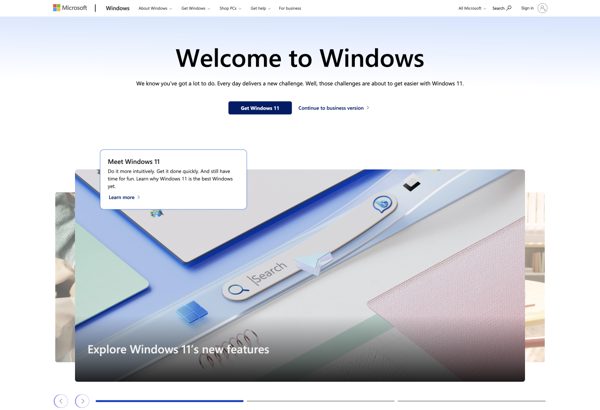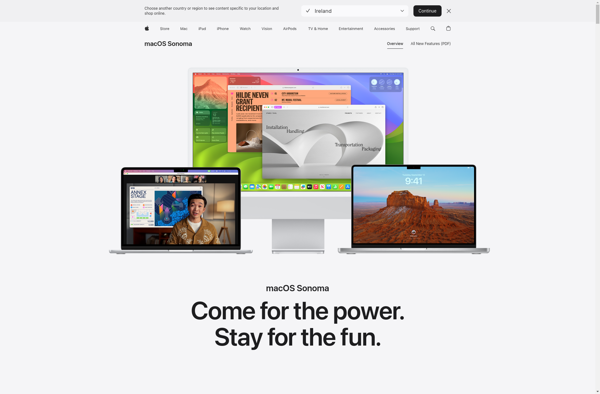IBM OS/2

IBM OS/2: Operating System
Discontinued operating system created by IBM & Microsoft, alternative to Windows & Mac OS, innovative features, but failed to gain popularity
What is IBM OS/2?
IBM OS/2 is a discontinued operating system that was originally developed in the late 1980s through a collaboration between technology giants IBM and Microsoft. The goal was to create a robust, object-oriented successor to DOS that could compete with Apple's Macintosh platform and the early versions of Microsoft Windows.
OS/2 introduced several innovations, including preemptive multitasking, Workplace Shell GUI, PowerPC microprocessor support, and built-in networking capabilities. It offered stability, security, and compatibility with DOS and Windows applications. Over its lifespan, OS/2 ran on PCs with x86 and x64 processors.
Despite some initial success and adoption by large corporations, OS/2 failed to gain traction in the personal computing market. Reasons cited include poor marketing by IBM, competition from Microsoft Windows, lack of games and third-party applications, and hardware compatibility issues. Its last version - OS/2 Warp 4 - was released in 1996. IBM ended support for OS/2 in 2006.
OS/2 still maintains a cult following of dedicated users who praise its technical merits, robustness and security features. But for most computing tasks, OS/2 has been replaced by various flavors of Windows, Linux and macOS operating systems over the past two decades.
IBM OS/2 Features
Features
- Object-oriented multitasking operating system
- Preemptive multitasking
- Integrated database and communications support
- Consistent user interface between applications
- Support for DOS and Windows applications
Pricing
- One-time Purchase
- Subscription-Based
Pros
Cons
Official Links
Reviews & Ratings
Login to ReviewThe Best IBM OS/2 Alternatives
Top Os & Utilities and Operating Systems and other similar apps like IBM OS/2
Here are some alternatives to IBM OS/2:
Suggest an alternative ❐Windows 10

Ubuntu

MacOS

Linux Mint

Windows 7

Arch Linux

Elementary OS

Debian

Fedora

Manjaro Linux

OpenSUSE

Kubuntu
